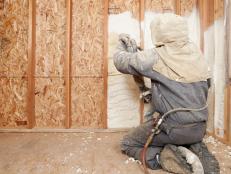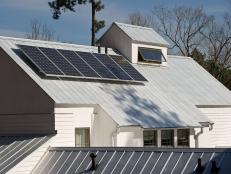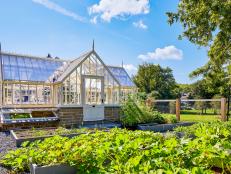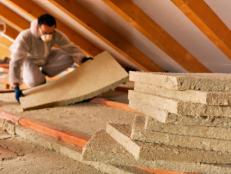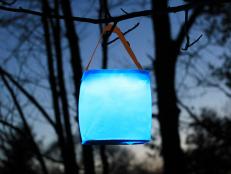A Green Building Overview
Green building, also called sustainable design and development, is the practice of using healthier and more resource-efficient land planning, construction, renovation, operation, maintenance and demolition. Today, it's much more than the original understanding of simply incorporating recycled materials into a home. Green building focuses on five key areas: sustainable site development, water savings, energy efficiency, materials selection and indoor environmental quality.
It's important to build green to minimize the huge impact that the construction, operation and maintenance of homes has on the environment. Building green can ease the residential sector’s water use, energy consumption and emission of carbon dioxide by requiring less resource consumption throughout the home's life cycle. In addition to environmental benefits, green building has potential economic and social benefits, such as reduced operating costs, improved occupant productivity, minimized strain on local infrastructure and improved overall quality of life.
All homebuilding-industry professionals—from site planners to architects to general contractors—have the ability to increase the use of green-building practices as they select locations, design buildings and specify materials and construction methods. Additionally, home buyers can drive green building by requesting or requiring green building practices. It's important for industry professionals to inform home buyers about the benefits of green building and make green options available to them.
As a builder, educating yourself on green building practices is an important first step in building green. The U.S. Environmental Protection Agency (EPA) offers extensive programs and information on green building and can serve as a gateway to additional resources. Incorporating all the practices of green building into every construction project, however, may rarely be possible, because of time, money or home-buyer constraints, so it's more practical to focus on the practices with the most positive environmental impact for a given project. Consider the following priorities:
- To design and build energy-efficient homes.
- To reuse existing homes and infrastructure instead of developing open space.
- To design communities that foster a sense of community and reduce dependence on cars.
- To optimize designs to use smaller spaces and to use materials more efficiently.
- To preserve or restore local ecosystems and biodiversity.
- To specify materials that are resource-efficient and have low environmental impact.
- To design for durability and adaptability.
- To design water-efficient homes and landscapes.
- To provide a safe and comfortable indoor environment.
- To return, reuse and recycle job-site waste.
Green building practices can be integrated at any stage of a home, but beginning the home with an integrated design-and-construction approach to green building yields the most significant benefits.






